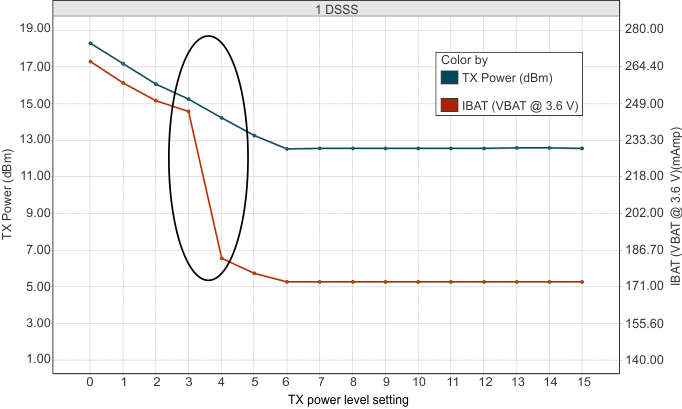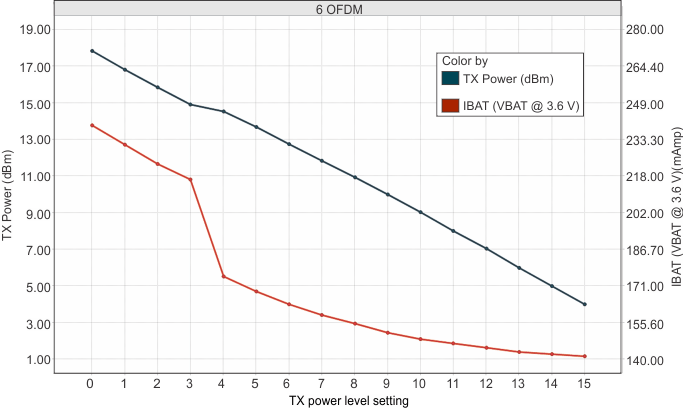ZHCSJC1E April 2019 – December 2024 CC3235S , CC3235SF
PRODUCTION DATA
- 1
- 1 特性
- 2 应用
- 3 说明
- 4 功能方框图
- 5 Device Comparison
- 6 Pin Configuration and Functions
-
7 Specifications
- 7.1 Absolute Maximum Ratings
- 7.2 ESD Ratings
- 7.3 Power-On Hours (POH)
- 7.4 Recommended Operating Conditions
- 7.5 Current Consumption Summary (CC3235S)
- 7.6 Current Consumption Summary (CC3235SF)
- 7.7 TX Power Control for 2.4 GHz Band
- 7.8 TX Power Control for 5 GHz
- 7.9 Brownout and Blackout Conditions
- 7.10 Electrical Characteristics for GPIO Pins
- 7.11 Electrical Characteristics for Pin Internal Pullup and Pulldown
- 7.12 WLAN Receiver Characteristics
- 7.13 WLAN Transmitter Characteristics
- 7.14 WLAN Transmitter Out-of-Band Emissions
- 7.15 BLE/2.4 GHz Radio Coexistence and WLAN Coexistence Requirements
- 7.16 Thermal Resistance Characteristics for RGK Package
- 7.17
Timing and Switching Characteristics
- 7.17.1 Power Supply Sequencing
- 7.17.2 Device Reset
- 7.17.3 Reset Timing
- 7.17.4 Wakeup From HIBERNATE Mode
- 7.17.5 Clock Specifications
- 7.17.6 Peripherals Timing
- 8 Detailed Description
- 9 Applications, Implementation, and Layout
- 10Device and Documentation Support
- 11Revision History
- 12Mechanical, Packaging, and Orderable Information
7.7 TX Power Control for 2.4 GHz Band
The CC3235x has several options for modifying the output power of the device when required. For the 2.4 GHz band it is possible to lower the overall output power at a global level using the global TX power level setting. In addition, the 2.4 GHz band allows the user to enter additional back-offs (2), per channel, region (3)and modulation rates (4), via Image creator (see the Uniflash with Image Creator User Guide for more details).
Figure 7-1, Figure 7-2, and Figure 7-3 show TX power and IBAT versus TX power level settings for the CC3235S device at modulations of 1 DSSS, 6 OFDM, and 54 OFDM, respectively. For the CC3235SF device, the IBAT current has an increase of approximately 10 mA to 15 mA depending on the transmitted rate. The TX power level will remain the same.
In Figure 7-1, the area enclosed in the circle represents a significant reduction in current during transition from TX power level 3 to level 4. In the case of lower range requirements (14-dBm output power), TI recommends using TX power level 4 to reduce the current.
 Figure 7-1 TX Power and IBAT vs TX Power Level Settings (1 DSSS)
Figure 7-1 TX Power and IBAT vs TX Power Level Settings (1 DSSS)
 Figure 7-2 TX Power and IBAT vs TX Power Level Settings (6 OFDM)
Figure 7-2 TX Power and IBAT vs TX Power Level Settings (6 OFDM) Figure 7-3 TX Power and IBAT vs TX Power Level Settings (54 OFDM)
Figure 7-3 TX Power and IBAT vs TX Power Level Settings (54 OFDM)